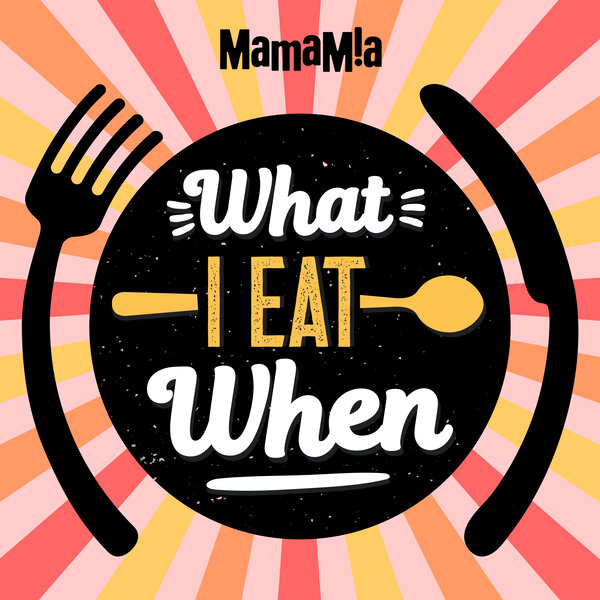Ever since she was little, UK reality TV personality Charlotte Crosby has lived with a fear of her own death.
“It’s the worst thing in the world. I feel my heart pumping through my chest and feel like my whole body is empty because I’m so scared about dying,” the 27-year-old Geordie Shore star told Heat this week.
“I don’t know if it’s anxiety or a panic attack because I suddenly feel like I can’t breathe and sometimes I get so bad I feel like I’m going to die.”
Discomfort with death and mortality is a normal part of the human condition. But for some, the concept can be intrusive, even crippling, to the extent that thoughts and behaviours begin to interfere with everyday life.
This is known as death anxiety.
What is death anxiety, and who experiences it?
While there is no standard clinical definition, it’s generally characterised by mental health researchers and professionals as a morbid, abnormal or constant fear of death.
It’s considered to be among the most common fears, and though it has been observed in children as young as five, researchers have determined that it tends to peak among men and women in their 20s. Though unlike men, many women also experience a second spike in their 50s.
As Dr James Kirby of The University of Queensland explained via The Conversation, “The specific death fear will be different for everyone, but it can often be categorised into one of four areas: loss of self or someone else; loss of control; fear of the unknown – what will happen after death (nothingness, heaven, hell); and pain and suffering of dying.”
Many researchers argue that death anxiety is, in fact, at the core of a range of mental disorders, including hypochondria, panic disorder, and anxiety and depressive disorders.

